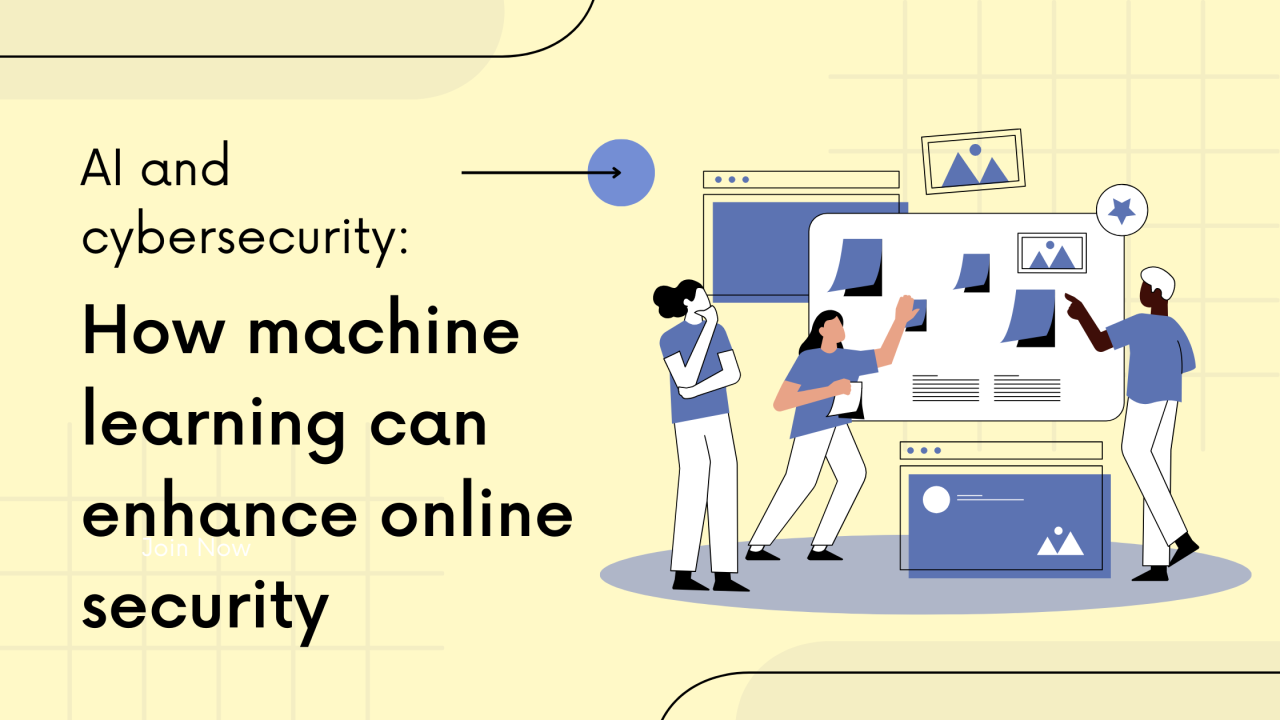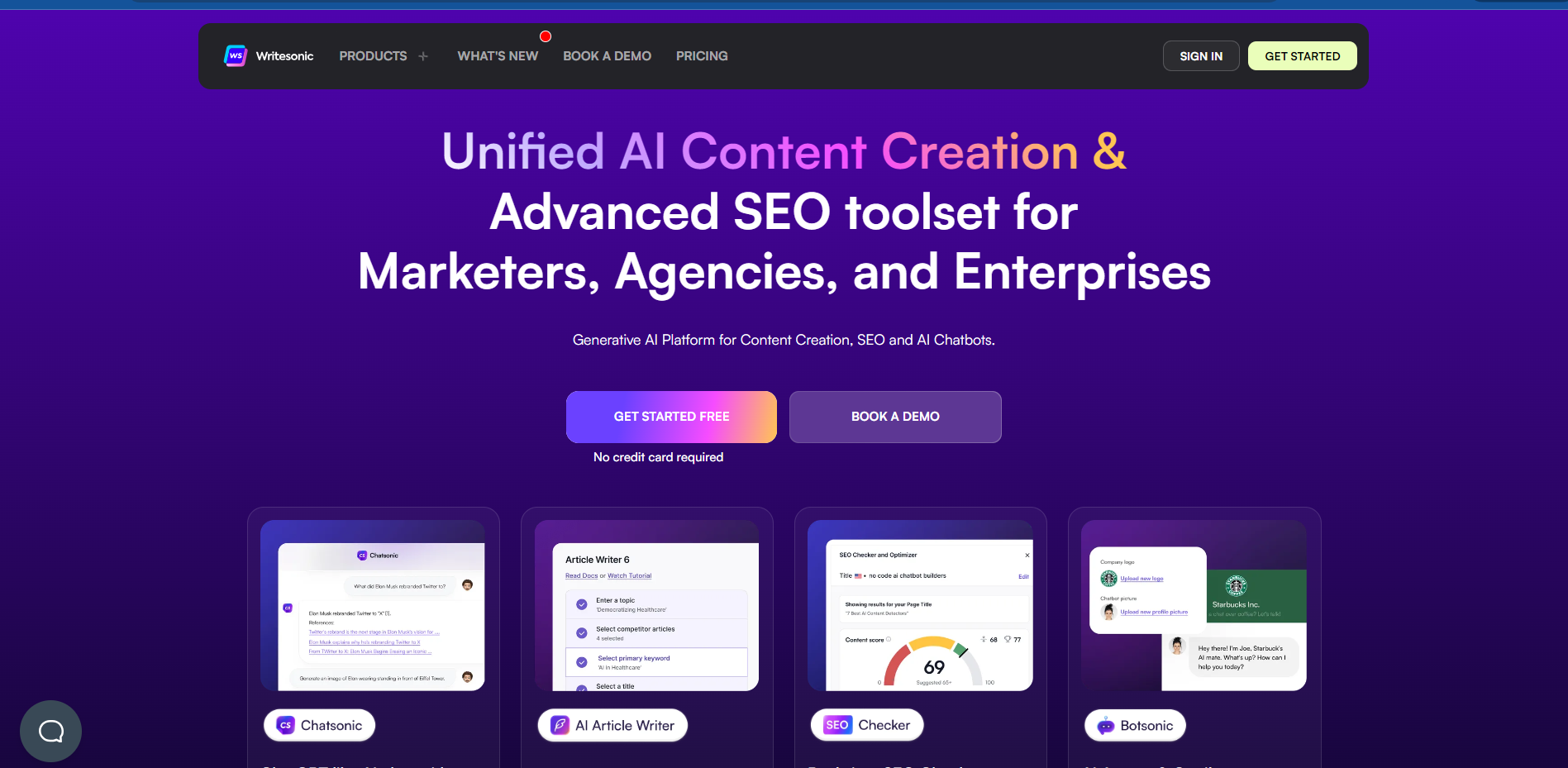Probably, a world could not have even imagined that the Internet virtually powered almost every other activity in life, and with that, the threat of cyber perils had never been bigger, ranging from data breaches to malware attacks, hence posing an immense challenge before persons and organizations. All thanks to integration with AI, cybersecurity does have some really strong ways to defeat such threats leading in machine learning.
Understanding Modern Cybersecurity Challenges
Cyber threats change faces day by day. Attackers improve continuously, finding better ways of hacking, advanced phishing, and zero-day attacks that conventional security measures have always seemed to fail against. Conventional approaches are based on static rules and predefined patterns and, therefore, can hardly keep pace with the speed and surprise of state-of-the-art cyber attacks.
Machine Learning and Its Application in Cybersecurity
The much-needed adaptiveness that machine learning brings into such systems may revolutionize cybersecurity through real-time responses, quite unlike the static defenses, besides knowledge acquisition through data patterns; ML-powered tools are capable of detecting and neutralizing threats with unparalleled efficiency.
Perhaps the most valuable contribution from ML, however, is the one with real-time threat detection. With the enormous volume of data being handled at incredible speed, ML algorithms can flag up patterns of abnormal behavior or the possibility of a risk while it is happening. Such an ability for speed compresses the window of attack and therefore containment, probably preventing losses in sensitive information and critical systems.
Of course, ML is not late for malware fighting. Traditional antivirus applications use a so-called signature-based detection approach-a method of finding malware by searching for known malware signatures in files. That does not go well against completely new and ever-changing threats, such as polymorphic viruses or zero-day exploits. However, the ML-based malware detection systems analyze behavior; thus, they can also track down malware that is unknown, custom-built, or even unheard of.
The other big advantage of machine learning in particular, though, is flexibility: whereas the threats do change fast, so do the ML systems-just revise their algorithms to consider new observations. This can be extended further to anticipate new vulnerabilities and change defenses to keep pace, therefore making it part of dynamic security strategies. Human-AI Collaboration: Why It Matters While powerful, AI and machine learning add to cybersecurity-neither of those could or would replace human expertise. Large swaths of the work tend to augment the capability of cybersecurity professionals, not displace them. These are models in which, together, the humans and AI form a more formidable defense: intuitive judgment of humans combined with analytical precision of machines. A collaboration like this will guarantee suitable security right from automated to manual processes.
Issues of Privacy and Ethics
This places AI big time in front of cybersecurity, raising some quite uneasy questions of privacy and ethics. For example, most machine learning systems require enormous volumes of input data. Much has been said to this regard: how these datasets shall be collected, stored, and put into responsive use if this technology is to win and retain public confidence. How organizations balance this duality-robust security with protection for individual privacy-remains an open challenge in view of the adoption of AI-driven solutions. Artificial Intelligence and Machine Learning: A New Generation of Cybersecurity, since these just bring a whole new angle to how these ever-changing cyber threats are tackled. In this respect, it changes completely the way we go about securing our cyberspace because it independently leads to the detection, adaptation, and prediction of any sort of attack. Thus, such advanced technologies prepare the organizations for the protection of their digital assets much more in this modern, connected world. While any kind of security can safeguard one completely from anything absolutely safe, the potency of AI-in terms of speed and capacity for learning from anything else except human expertise-offers almost an impenetrable defense. In that sober understanding, AI-driven cybersecurity creates an entirely new dimension but also a very necessary one going forward into the unbroken complexities of the digital era.



Leave a Reply